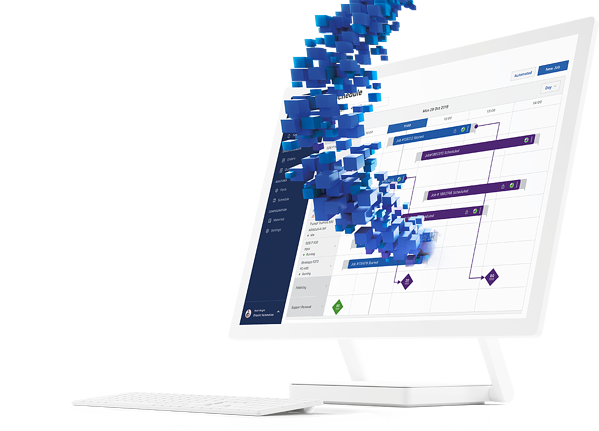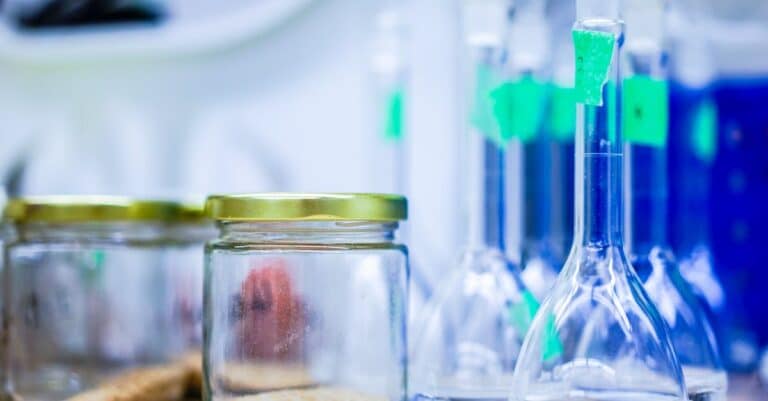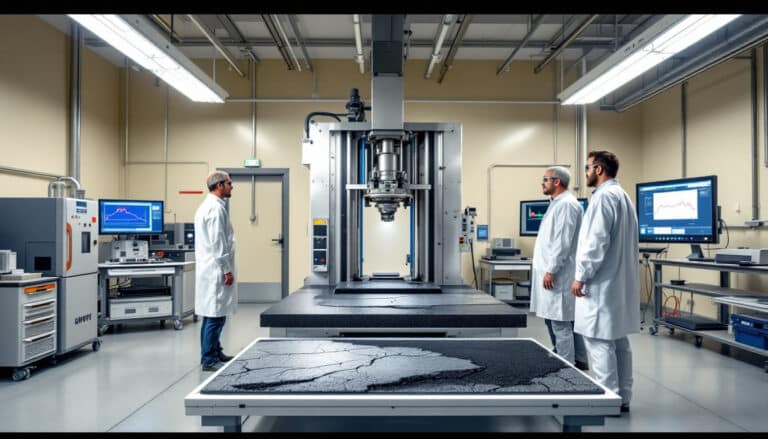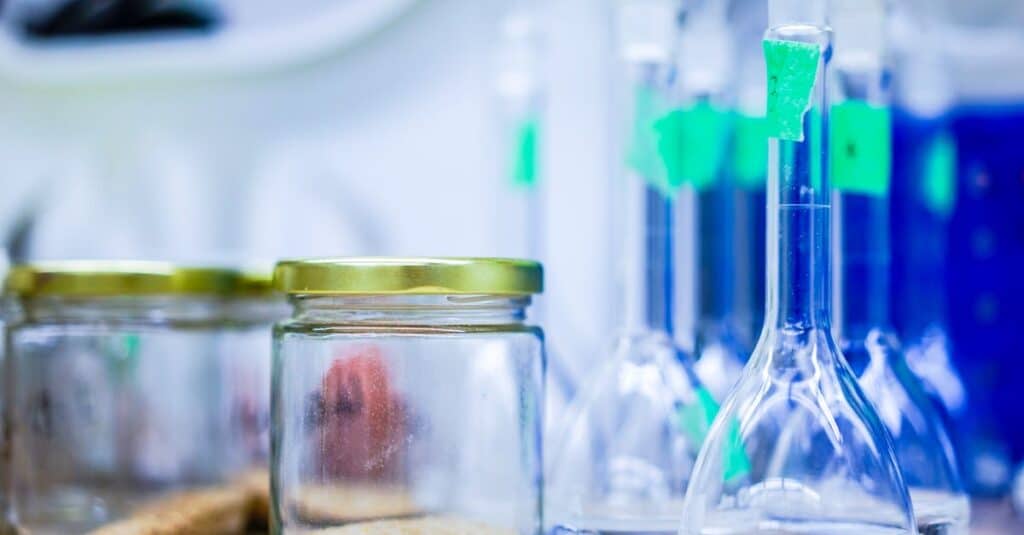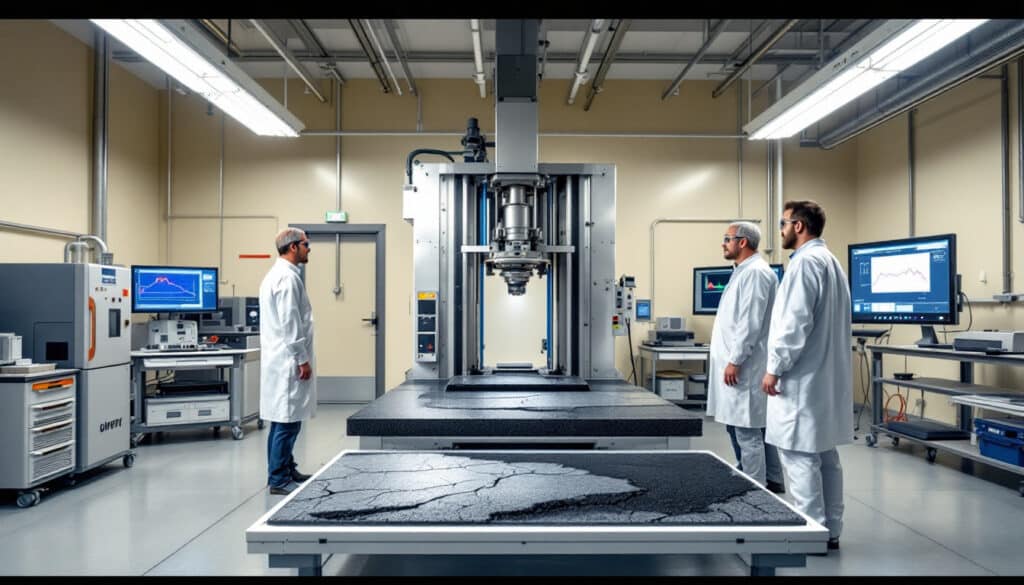In a world of constant technological evolution, there is growing interest in integrating artificial intelligence into the 3D printing process. This revolutionary AI method, by optimizing printing parameters and reducing errors, promises to speed up the process and improve the quality of finished products. Using advanced algorithms and predictive models, it could not only double the efficiency of printing techniques, but also transform the way we design and produce objects. The future of additive manufacturing could well take shape through this synergy between digital innovation and material production.
Table of Contents
ToggleOptimized efficiency thanks to artificial intelligence
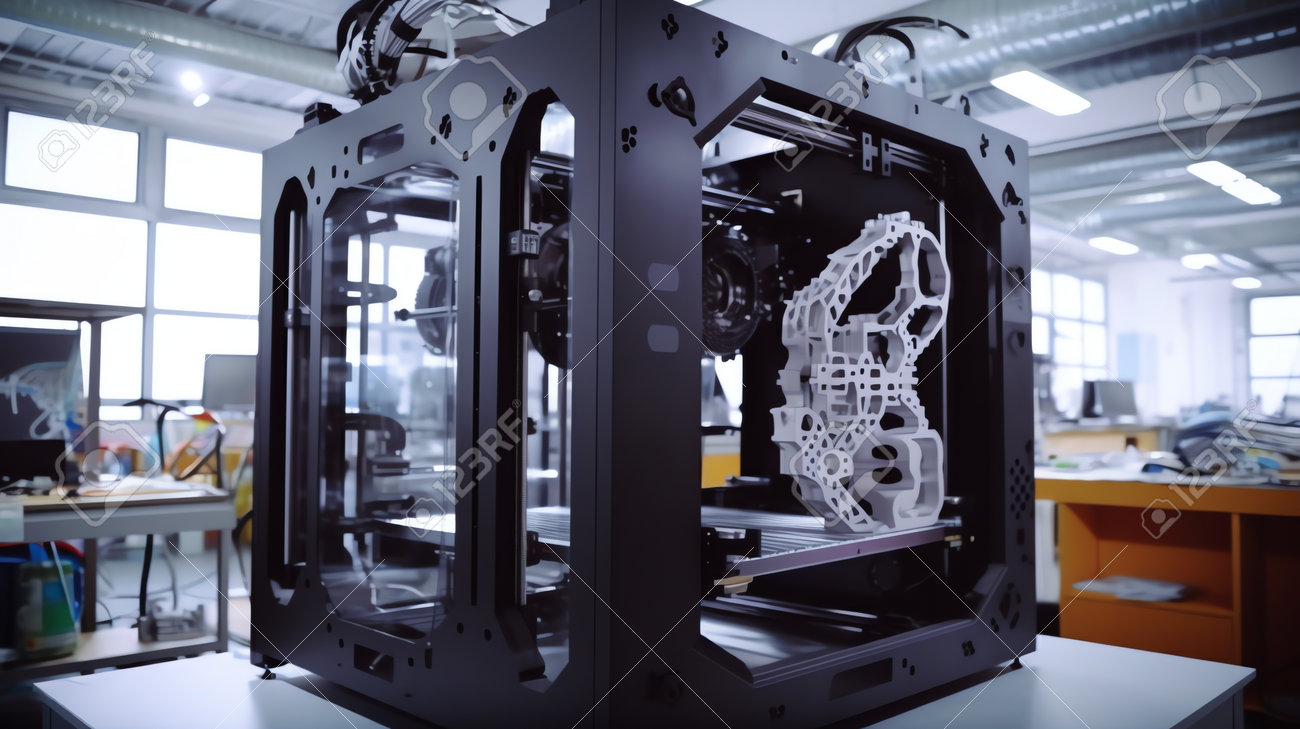
A new study from Washington State University reveals how artificial intelligence method can transform the field of 3D printing, making this process not only faster but also more efficient. Thanks to an innovative algorithm, researchers were able to identify the best configurations for printing models of organs, such as those of the kidney and the prostate.
Traditionally, engineers had to juggle many parameters, such as which materials to use, printer setup, and extrusion pressure. This workload often led to unsuccessful trials that were costly in time and resources. The innovative method is based on Bayesian optimization which has proven capable of guiding these complex decisions.
Benefits of Bayesian Optimization
This AI technique achieves optimal results while significantly reducing the need for multiple trials. Researchers reported considerable improvements, notably in:
- Geometric precision: The algorithm was able to guarantee prints with the exact dimensions of the organic models.
- Optimized wallet: Reduction of production costs by minimizing material waste.
- Time saving: Optimized configurations allow for a faster printing process.
Impacts on the medical sector and beyond
The AI method is not limited to organ models. It has the potential to be adapted for other medical and industrial applications. According to the researchers, this approach could also be applied to the production of complex biomedical devices and even extend to other engineering fields.
More accessible and efficient 3D printing models could transform medical training by providing more realistic prototypes for surgeries. The benefits of this technology go beyond just the medical field.
Comparison of old and new methods
| Old Methods | New Methods |
| Expensive multiple trials | Precise optimization via AI |
| Manual configuration | Automated configuration |
| Long print cycles | Fast and efficient printing |
| Unrealistic models | True-to-life models |
In conclusion, this revolutionary AI method represents a major advancement in 3D printing by providing a sustainable solution to overcome complex technical challenges. The possibilities for future applications seem endless and may well shape the way we design and create across various sectors.

Des chercheurs de l'Université de Nottingham 🇬🇧 ont créé une technique d’impression 3D qui permet d’imprimer de multiples médicaments dans un seul comprimé, chacun libéré à un moment spécifique en modifiant la structure interne du comprimé.
— Le Génie Humain (@legeniehumain) May 24, 2024
Dirigée par Yinfeng He du Centre de… pic.twitter.com/lDb33b0T5U

